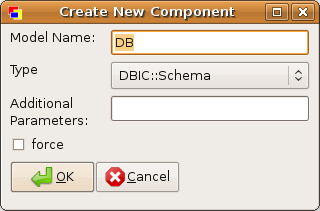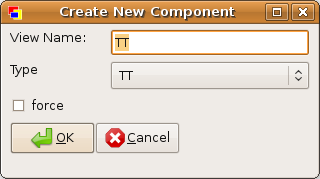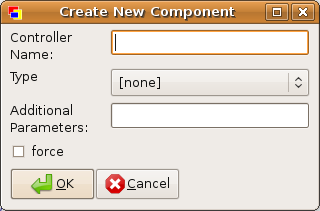
Perl is a very popular language all around the world. But how come all the nice Perl conferences happen only in Europe or the US? YAPC::Europe, YAPC::NA, PPW, NPW, FPW, LPW, ... the only (minor) exceptions to this rule are YAPC::Asia and YAPC::Russia - even so, all in the northern hemisphere.
South America has an astounding number of Perl developers. Right now there are nine active Perl Mongers groups in Brazil only, not to mention Argentina, Venezuela and other countries. 2007's Perl Survey data shows our stats compared to the rest of the Perl community, corroborating with what Dave Cross already saw back in 2005. So, where are the Perl conferences down in SA?
To my knowledge, South American Perl hackers are not used to huge Perl conferences. Maybe it's not in our culture, as there are a lot of us who just don't participate in the community at all: some claim they are too busy with their lives/jobs to engage or even attend to a meeting or conference (specially one that's not sponsored by a big company), others say they just never heard of the community in the first place (!). Imho this isn't actually a Perl problem: I've seen similar complaints from people on a lot of different languages. It's hard enough to get people in Free Software conferences, imagine a Perl-only one.
So, moved by a "if you build it they'll come" spirit, some people (including myself) arranged for YAPC::SA 2009 to happen!
----------------
YAPC::SA 2009
24 ~ 27 june - Porto Alegre - RS - Brazil
----------------
The event will take place inside FISL - the International Free Software Forum - a major FLOSS event which this year will have the participation of FSF's Richard Stallman and The Pirate Bay's Peter Sunde, among several others.
We're still learning the ropes and have a long way to go before getting even close to the major Perl events mentioned above. But nevertheless we're planning a great Perl conference for you, including hackathons, lightning talks, mini-courses, and the distribution of gifts - not to mention daily social meetings after the event.
Everyone's invited!






